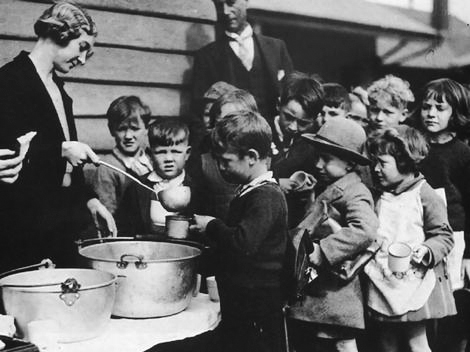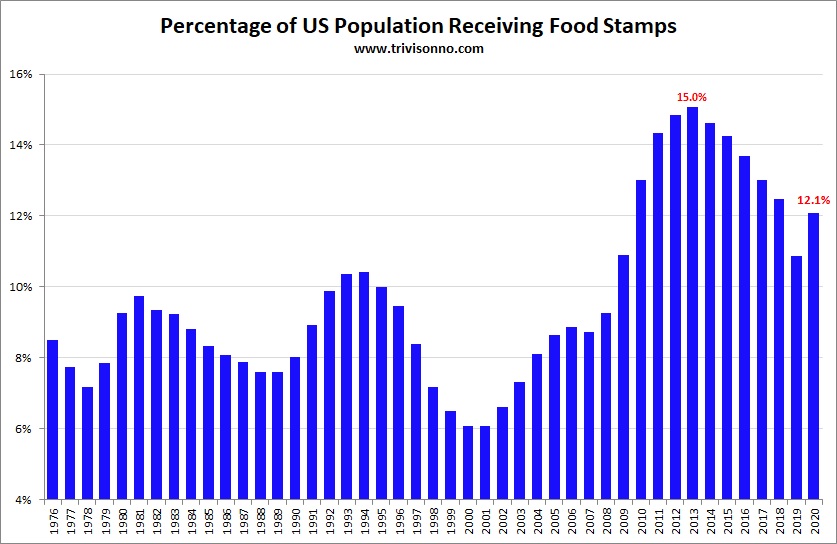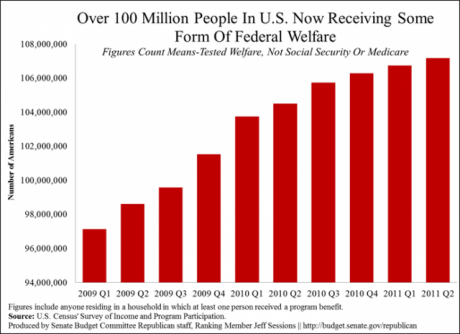There are several movies I will watch every time they are aired on one of my generally useless 600 cable channels. They all have the same thing in common – a compelling character portrayal which keeps you riveted and mesmerised by how the protagonist deals with adversity and circumstances beyond their control. The movies I can’t resist include:The Godfather I & II, The Green Mile, Shawshank Redemption,Apocalypse Now, and Patton. Another captivating movie, which didn’t do well at the box office, is Cinderella Man. The portrayal of Depression-era heavyweight boxing champion James J. Braddock by Russell Crowe is inspirational, with a rousing and improbable victory by the champion of the common man. While watching this great movie a few weeks ago I found myself equating the themes to the current presidential campaign.


The Greater Depression
Braddock was an inspiration to all downtrodden demoralized Americans during the Great Depression. The parallels between the 1930’s Great Depression and today’s Greater Depression are uncanny, despite the propaganda emitted by the establishment politicians, media and banking cabal that all is well. The corporate mainstream media faux journalists scorn and ridicule anyone who makes the case we are currently in the midst of another Great Depression. They are paid to peddle a recovery narrative to keep the masses ignorant, sedated, and distracted by latest adventures of Caitlyn Jenner and the Kardashians. An impartial assessment of the facts reveals today’s Depression to be every bit as dreadful for the average American as it was in the 1930’s.
Current Prices on popular forms of Gold Bullion
The Obama administration has used the identical failed fiscal policies utilized by FDR. $800 billion stimulus packages, cash for clunkers, payroll tax holidays, student loans for anyone with a pulse, and hundreds of other useless Keynesian claptrap ideas have driven the national debt from $10 trillion in September 2008 to $19.4 trillion eight years later, a 94% increase. The national debt in October 1929 was $17 billion. Eight years into the Great Depression, after billions in wasteful New Deal programs the national debt stood at $36.5 billion, a 115% increase.
The Great Depression lasted from 1929 through World War II despite the tens of billions spent on fiscal stimulus. After eight years of the largest budget deficits in history, the economy is still dead in the water, with GDP barely growing. And its pitiful growth is from the surge in consumer spending due to the calamitous Obamacare program and the continuous wars we wage across the world.

It’s the black and white photographs of disheartened men and hungry children from the 1930’s that define the Great Depression for present day generations. Of course after years of government run social engineering disguised as education, most people couldn’t even define when or what constituted the Great Depression. These heart wrenching portraits of average Americans suffering and in despair capture the zeitgeist of the last Fourth Turning crisis.


Apologists for the status quo contend the last eight years couldn’t possibly be classified as a depression. The narrative of economic recovery has been peddled by corporate media mouthpieces, feckless politicians, to Big To Trust Wall Street bankers, Federal Reserve puppets, and government apparatchiks flogging manipulated data as proof of economic advancement. They point to the lack of soup lines as proof we couldn’t be experiencing a depression.
First of all, if there were soup lines, the corporate media would just ignore them. If they don’t report it, then it isn’t happening. Secondly, the soup lines are electronic, as the government downloads the “soup” onto EBT cards so JP Morgan can reap billions in fees to run the SNAP program. Just because there are no pictures of starving downtrodden Americans in shabby clothes waiting in soup lines, doesn’t mean the majority of Americans aren’t experiencing a depression.

If the country has actually been experiencing an economic recovery for the last seven years, why would 14% to 15% of all Americans be dependent on food stamps to survive? When the economy is actually growing and employment is really below 5%, the percentage of Americans on food stamps is below 8%. If the government economic data was truthful, there would not be 43.5 million people living in 21.4 households (17% of all households) dependent on food stamps. More than 100 million Americans are now dependent on some form of federal welfare (not including Social Security or Medicare). If the economy came out of recession in the second half of 2009, why would 6 million more Americans need to go on welfare over the next two years?

Federal, state and local governments will spend approximately $1.08 trillion on welfare programs in 2016, including $600 billion for Medicaid and $480 billion for the rest. In 2009, 18.6% of the population was participating in at least one means-tested benefit program. After three years of “economic recovery,” that number was up to 21.3% by 2012. If we were in the midst of an expanding economy why would 41.6% of African Americans and 36% of Hispanics be receiving means-tested benefits each month? The social safety net during the Great Depression was sparse. Spending in excess of $1 trillion per year to sustain over one-third of the U.S. population sure sounds like a Depression to me.
The appalling optics of Americans waiting in food lines and/or living on the streets is not being broadcast by the mainstream corporate media, as their duty is to sustain the establishment narrative of economic recovery at any cost. As I drive to work through West Philly, every Thursday the Grace Lutheran Church at 36th & Haverford Ave. distributes food to the local community and the line at 7:30 a.m. in the morning extends around the block.
This scene is duplicated in crumbling urban enclaves and deteriorating suburban municipalities across the land. Food banks and homeless shelters throughout the country are being inundated by those who haven’t benefited from the Fed’s QE and ZIRP “Save a Wall Street Banker” monetary schemes. One in seven Americans – 46 million people – rely on food pantries and meal service programs to feed themselves and their families.




